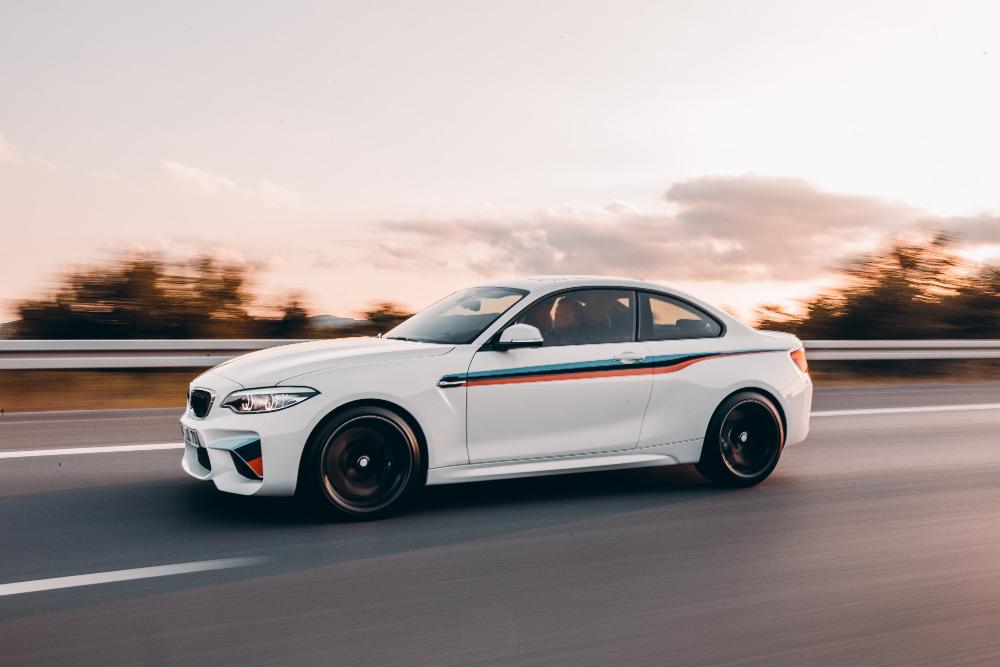In this article, we’ll break down the key factors that affect your car insurance premium and explain how each one influences the cost. Learn how expert car insurance companies calculate premium.
1. Type of Coverage
The coverage type you select is one of the biggest determinants of your premium.
-
Comprehensive Insurance: Covers both third-party damage and damage to your own vehicle, including accidents, fire, theft, or natural disasters. Comprehensive policies are more expensive due to wider protection.
-
Third-Party Liability Insurance: Covers only damage to someone else’s property or injuries to others. This is usually cheaper but does not cover your own car’s repair costs.
Tip: While comprehensive coverage costs more, it protects you fully and may be more cost-effective in the long run if you drive frequently or own an expensive vehicle. Type of insurance depends on region, car insurance Qatar and middle east are mostly comprehensive insurance.
2. Vehicle Make, Model, and Age
The type of car you drive significantly affects your premium:
-
Luxury or high-performance cars: Higher repair costs and greater risk of theft increase premiums.
-
Sedans and economy cars: Typically cheaper to insure due to lower repair costs and lower market value.
-
Vehicle age: Newer cars are more expensive to insure due to higher replacement costs. Older cars may cost less to insure, but premiums may increase if spare parts are rare or expensive.
3. Engine Capacity and Vehicle Value
Cars with larger engines or higher horsepower are considered riskier, as they tend to be driven faster and are involved in more severe accidents.
Additionally, vehicle value influences the premium:
-
Higher-value cars cost more to repair or replace.
-
Lower-value cars incur lower premiums.
Tip: Insurance companies may also consider the car’s resale value and depreciation rate when calculating premiums.
4. Driver’s Age and Experience
Insurance companies assess risk based on driver demographics:
-
Younger drivers (under 25): Often face higher premiums due to inexperience and higher accident likelihood.
-
Older, experienced drivers: Typically enjoy lower premiums due to safer driving history.
Tip: Defensive driving courses or safe driving records may help reduce premiums for younger drivers.
5. Driving History and Claims Record
Your driving record directly impacts your premium:
-
No-Claim Bonus (NCB): Drivers with no prior claims receive a discount on their premium.
-
Past accidents or traffic violations: Increase the risk profile, leading to higher premiums.
Tip: Maintaining a clean driving record and avoiding claims for minor damages can help reduce premiums over time.
6. Location and Usage
Where and how you use your vehicle matters:
-
Urban areas: Cars in busy cities face higher risk of accidents, theft, and vandalism, leading to higher premiums.
-
Rural areas: Typically lower risk and lower premiums.
-
Usage patterns: Vehicles used for business, deliveries, or ride-hailing may have higher premiums than private, personal use vehicles.
Tip: Always accurately declare your vehicle usage to avoid claim rejection.
7. Security Features and Anti-Theft Devices
Cars equipped with anti-theft devices, GPS trackers, or alarm systems may receive premium discounts.
Security features reduce the likelihood of theft or severe damage, which lowers risk for insurers.
Tip: Adding approved security features can result in tangible savings on your premium.
8. Deductible Amount
The deductible is the amount you agree to pay out-of-pocket before insurance coverage kicks in.
-
Higher deductibles: Reduce your premium since you share more of the repair cost.
-
Lower deductibles: Increase your premium but reduce your immediate financial burden after an accident.
Tip: Choose a deductible you can comfortably pay while balancing your premium costs.
9. Add-On Coverages
Optional add-ons can increase your premium but provide extra protection:
-
Zero depreciation cover – Ensures full claim amount without depreciation deduction on parts.
-
Roadside assistance – Covers towing, battery, and fuel assistance.
-
Natural disaster coverage – Protects against floods, sandstorms, or fire.
-
Personal accident coverage – Offers compensation for injuries to driver and passengers.
Tip: Evaluate your needs and budget before adding optional covers to your policy.
10. Insurance Company Policies
Each insurer has its own pricing model, risk assessment, and discounts:
-
Some offer loyalty bonuses or discounts for multiple vehicles.
-
Others provide digital claim management or bundled services, influencing premiums.
-
Reputation, claim settlement speed, and service quality can also affect the choice of insurer and cost.
Tip: Compare premiums and benefits across multiple insurers before finalizing your policy.
11. Market and Regulatory Factors
Premiums may also be influenced by external factors such as:
-
Inflation and repair costs: Rising labor and spare parts costs increase premiums.
-
Regulatory changes: Government rules, mandatory coverage requirements, and new insurance regulations can affect pricing.
-
Natural disasters or accidents frequency: Regions prone to floods, storms, or frequent accidents may have higher premiums.
Tips to Reduce Your Car Insurance Premium
-
Maintain a clean driving record to maximize No-Claim Bonus (NCB).
-
Opt for higher deductibles if you can afford minor expenses.
-
Install approved security devices in your car.
-
Limit business use if not required.
-
Compare quotes from multiple insurance providers for the best coverage-to-price ratio.
Final Thoughts
Your car insurance premium reflects the risk profile of your vehicle, driving habits, and coverage choices. By understanding the factors that affect it, you can make informed decisions to balance protection and cost.
From choosing the right coverage and deductibles to maintaining a clean driving record and securing your car, small actions can lead to significant savings while keeping you fully protected on the road.

